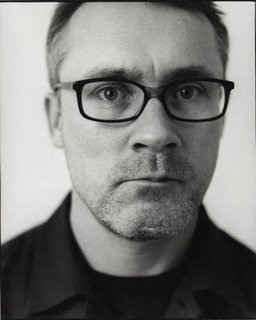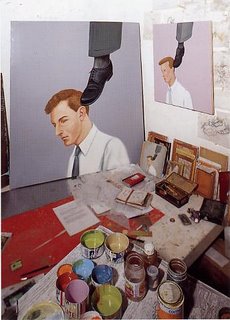
London - The latest project of British modern artist Damien Hirst - a skull cast in platinum and encased in diamonds - will be the most expensive piece of artwork ever created, reported The Observer newspaper on Sunday.Entitled For the Love of God, the life-size human skull, covered in 8 500 diamonds, will cost between £8-million and £10-million to create.Hirst is best known for his earlier conceptual works, in which creatures including a shark and a cow were pickled in formaldehyde inside glass tanks."We have been buying diamonds slowly and have worked out that it will take about eight-and-a-half thousand to completely cover the surface of the skull," said Hirst.
He said creating the world's most expensive work of art would be "a lot less stressful than putting a bloody great shark in a tank of formaldehyde"."I just want to celebrate life by saying to hell with death. What better way of saying that than by taking the ultimate symbol of death and covering it in the ultimate symbol of luxury, desire and decadence?" he said."The only part of the original skull that will remain will be the teeth. You need that grotesque element for it to work as a piece of art."I want people to see it and be astounded. I want them to gasp."
AFP















